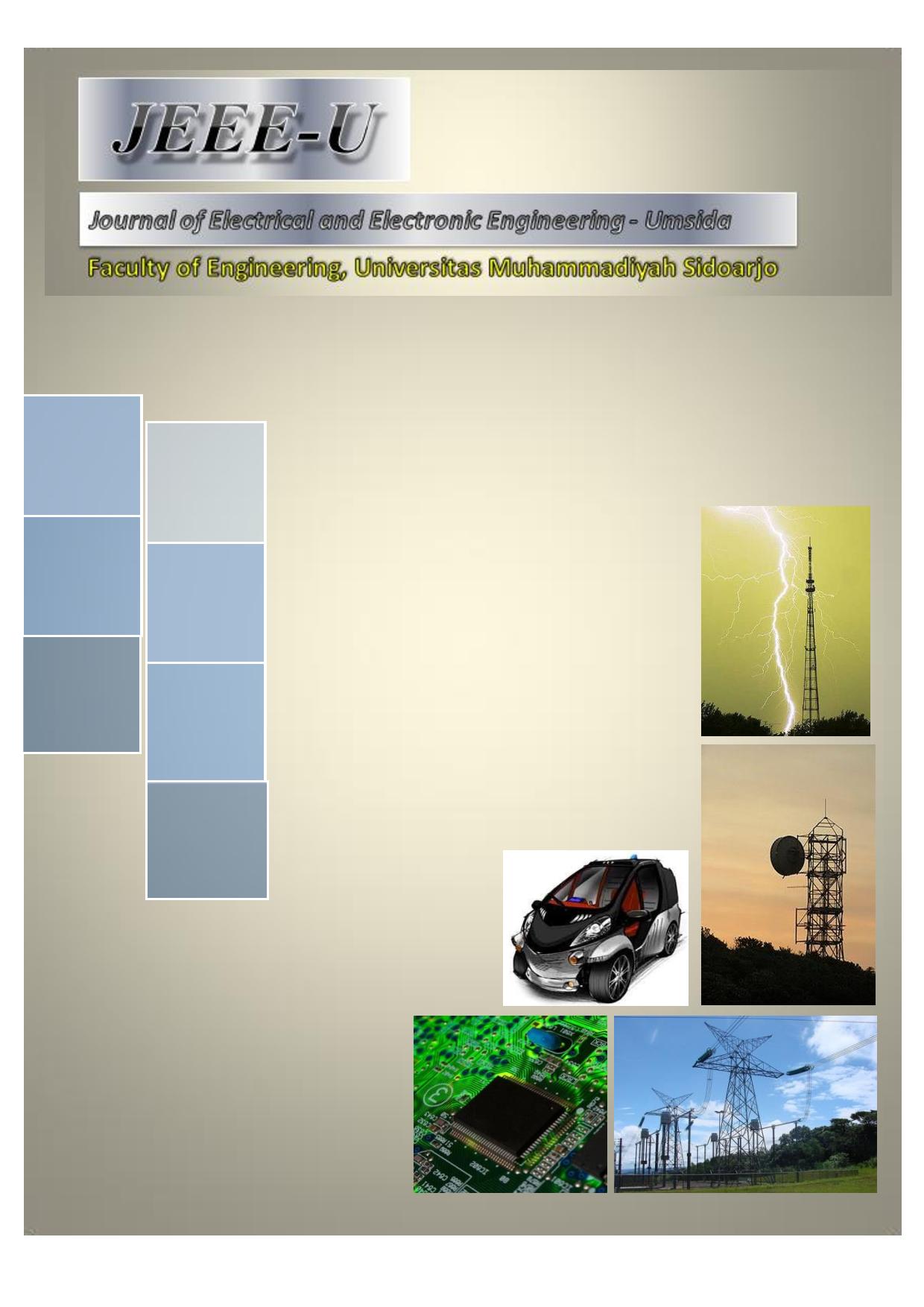Perancangan Sistem Telemetri Untuk Mengukur Intensitas Cahaya Berbasis Sensor Light Dependent Resistor Dan Arduino Uno
Telemetry System Design for Measuring Light Intensity Based on Light Dependent Resistor And Arduino Uno Sensor Sensors
DOI:
https://doi.org/10.21070/jeee-u.v1i1.760Keywords:
Telemetri, Intensitas Cahaya, LDR, Arduino Uno, Transmitter, ReceiverAbstract
Light is a propagation of electromagnetic waves that spread all directions that play an important role in everyday life because it is an absolute part of life and without the light of life on earth can not develop. The amount of light illuminance is necessary to know because basically humans require adequate lighting. The instrument for measuring light illuminance is a luxmeter or light meter. However, this gauge is difficult to obtain and the price of the tool is expensive so that it can only be found in certain school laboratories or colleges. While telemetry is the process of measuring the parameters of an object (objects, space, natural conditions) that the measurement results are transmitted to other places via data transmission without or using a cable (wireless). The purpose of this study is to measure, to know the conditions of light intensity. This research uses experimental model of light intensity measurement using independent measuring instrument with combination of LDR and Arduino uno consisting of transmitter and receiver. In the transmitter there are LDR, Arduino Uno, and RF Module Board 433 MHz components, while the receiver consists of Arduino Uno, laptop, and RF Module Board 433 MHz. In this design is also done a variety of testing tools using distance variables. Overall this tool is working well. The system has successfully delivered telemetry measurement results with a range of conditions without a wall barrier with a maximum distance of <28 m. And conditions there are obstacles diding with a maximum distance <13.2.
References
Cristian Darmasetiawan, Lestari Puspakesuma. Teknik Pencahayaan dan Tata Letak Lampu. Jakarta : Penerbit PT Grasindo, Artolite ; 1991.
http://com/experiments/physics/34-Inverse-square- SV.pdf - 2008-10-23.
Darmasetiawan, C. and Puspakesuma, L. 1991, Teknik Pencahayaan dan Tata Letak Lampu, Gramedia, Jakarta.
Frederick Bueche, David L. Wallach., 1994, Technical Physics 4th Ed, John Wiley & Sons, Inc.
Sears, Francis Weston., 1948, Principles of Physics III Optics, Addison-Wesley Press, Inc.
Arduino, Arduino Uno Datasheet. https ://www.arduino.cc/
Hobby Components, MX-FS-03V & MX-05V, Datasheet. http://forum.hobbycomponents.com/
Electronic Projects, VirtualWire. http: //www.pjrc.com
Wikipedia, RF module. http: //en.wikipedia.org/
Wikipedia, Amplitude-shift keying. https: //en.wikipedia.org/






